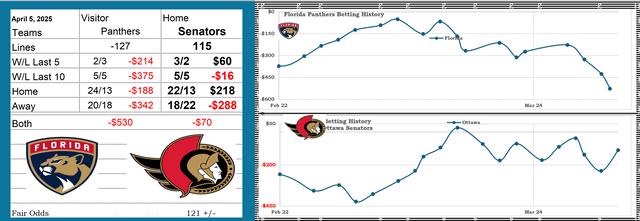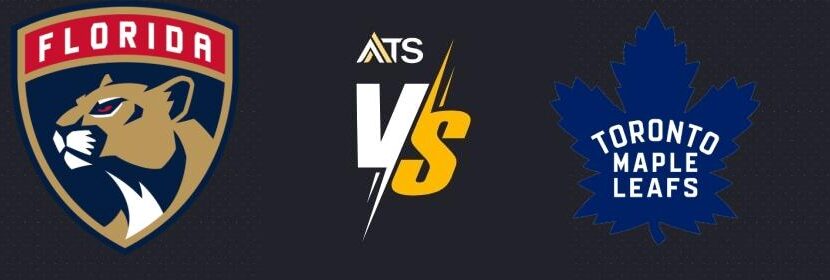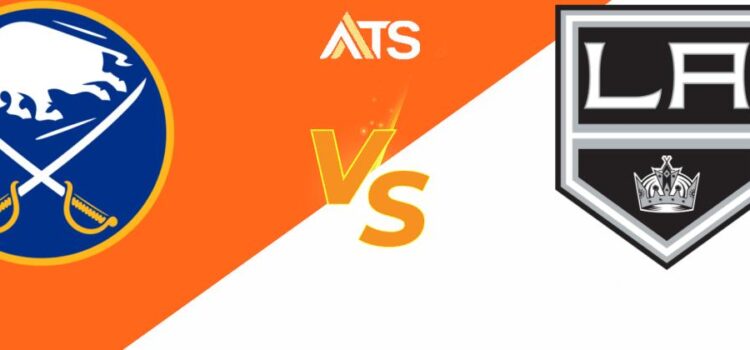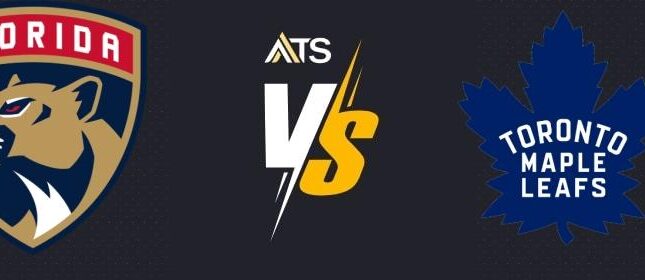
Diving into Hockey Game Predictions: An Exciting Journey
Picture this: the chill of the ice, the excitement in the air, and the puck poised for action. We’re talking about the thrilling world of hockey game predictions. Hockey is more than just a sport. It’s an entire universe of stats, strategies, and wild guesses, much like a guessing game on a snowy playground.
Why Are Hockey Game Predictions So Captivating?
The allure of hockey game predictions lies in its unpredictability. We thrive on the suspense, the unknowns, as much as we enjoy a good plot twist in a movie. But what makes these predictions so riveting? Well, it’s the blend of fact and guesswork that keeps us on our toes.
Combining Statistics and Instinct
Anyone who’s dabbled in predictions knows it’s part art and part science. Sure, there are numbers, like players’ stats and team standings, but there’s also something more intrinsic at play: intuition. Like a seasoned chess player, we rely on both strategy and gut feelings.
What Factors Shape Our Predictions?
Several elements influence our hockey game predictions:
- Current Form: We look at how teams and players have been performing lately.
- Injuries: Key players sidelined can change the game’s dynamics completely.
- Home/Road Records: Teams often perform differently on home turf compared to away games.
- Head-to-Head Matchups: Past encounters can hint at future outcomes.
Sometimes, it’s like solving a Rubik’s cube. And trust us, it’s never just black and white.
How to Make Trustworthy Hockey Game Predictions
While we’re no Nostradamus, we can take steps toward more accurate predictions. Here’s how:
Digesting Reliable Sources
The bedrock of solid predictions is credible information. Websites like NHL.com offer up-to-date stats, player news, and expert analysis. These bits and bytes of data serve as our compass in the murky waters of forecasting.
Keep An Eye on the Trends
Are we seeing a team on a winning streak? An underdog inching its way to the top? Trends don’t lie. They merge cold hard data with the ebbs and flows of team momentum. It’s like surfing – you ride the waves only when they’re swelling.
The Brains Behind Our Predictions
Did you know we draw inspiration from both analytical tools and our inner instincts? Yes, it’s true!
Advanced Stats: The Number Crunching Behemoth
With tools like Corsi and Fenwick, we dive into advanced analytics for deeper insights. These might sound like jargon, but think of them as our secret weapon – they add depth and perspective.
Instincts: Trust the Gut
That’s right. Sometimes, it all boils down to trusting our gut feeling. Remember those matchups where logic took a backseat to a wildcard win? It’s the charm of unpredictability.
The Thrill of the Unknown in Hockey Game Predictions
In the end, hockey game predictions are a rollercoaster of emotions. And the best part? Whether we’re spot-on or miles off, we share an unrivaled sense of camaraderie in the hockey community.
Sharing Predictions: Join the Conversation
We exchange predictions with others, not for bragging rights (well, maybe a little), but for the fun of it. Sites like CBS Sports often discuss fan predictions, encouraging us all to be a part of the larger narrative.
Our Final Whistle: Understanding It All
Embracing hockey game predictions adds layers to our sports experience. It keeps us plugged into the teams, supports communal bonding, and let’s face it, adds spice to every game night. So next time you’re gearing up for a match, why not try your hand at predicting? It’s an art, a science, and pure, exhilarating fun.
Sources for Deeper Insights:
Explore these resources and uncover the heart of hockey game predictions yourself. Join us in the stands, or cozy up with a group of friends, and get ready to see how your predictions pan out.











